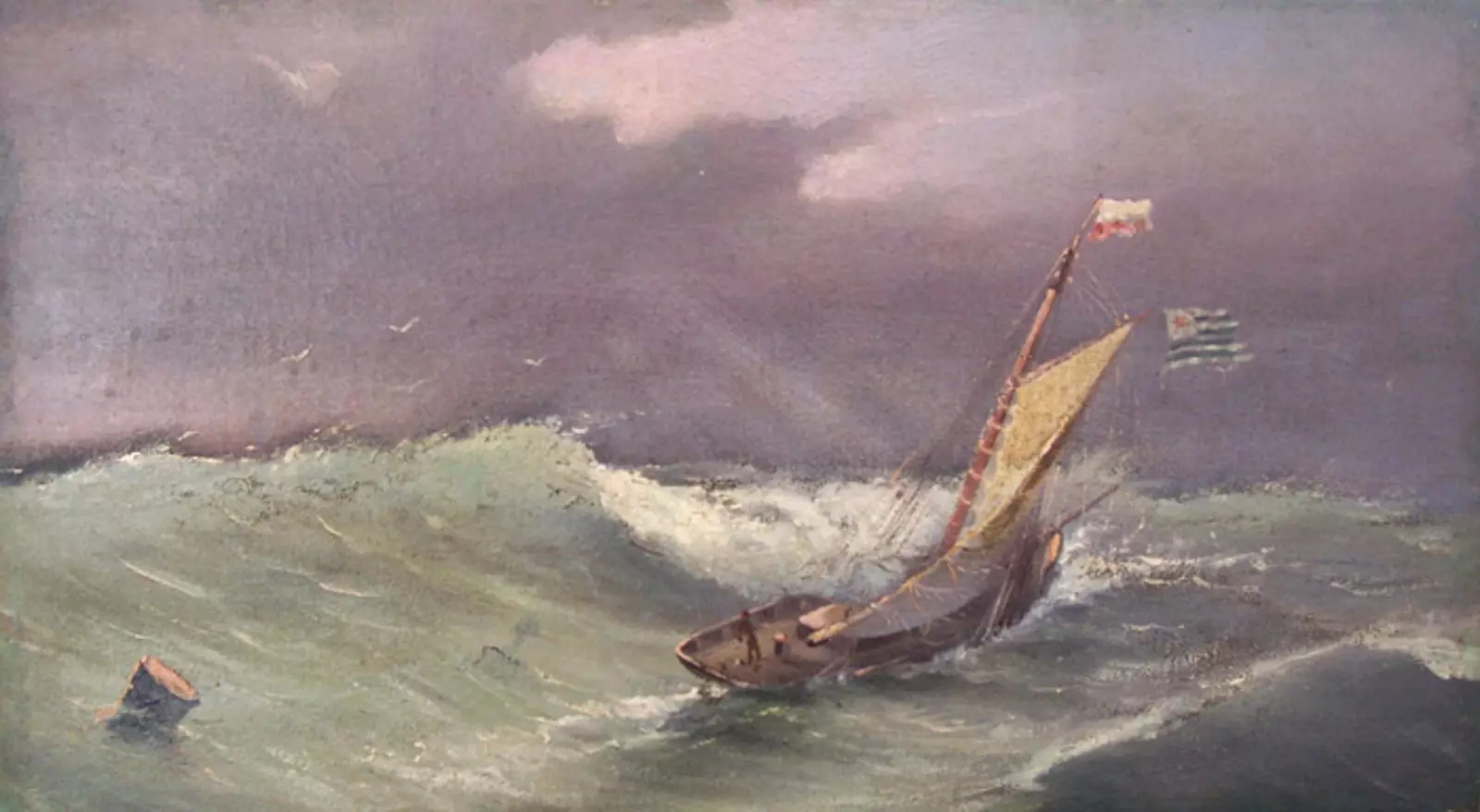
Work 'Strait of Magellan' by the Uruguayan painter Juan Manuel Blanes
Today, that is, yesterday, when the journey was unobstructed, it was easy to go around the world . Airlines offered tickets that started and ended at the same point on the globe. It was only required to follow one direction: eastbound, westbound, cross the atlantic, cross the pacific , perform between two and fifteen scales.
In the face of airline offers, the word circumnavigation inspire a challenge. The jumps from airport to airport are displaced by the slow, oceanic advance, exposed to dangers and bad weather.
Columbus had tried to put the concept into practice, but had run into America. In the opposite direction, Basque of Gama He had circled Africa to reach the Indian Ocean. Portuguese and Castilians, who had divided land and sea routes , were looking for an alternative to the blockade of the spice trade imposed by the Turks. Malabar pepper, Ceylon cinnamon, Timor sandalwood They were only available to the powerful. His trade was profitable. The reason for the expeditions was economic.
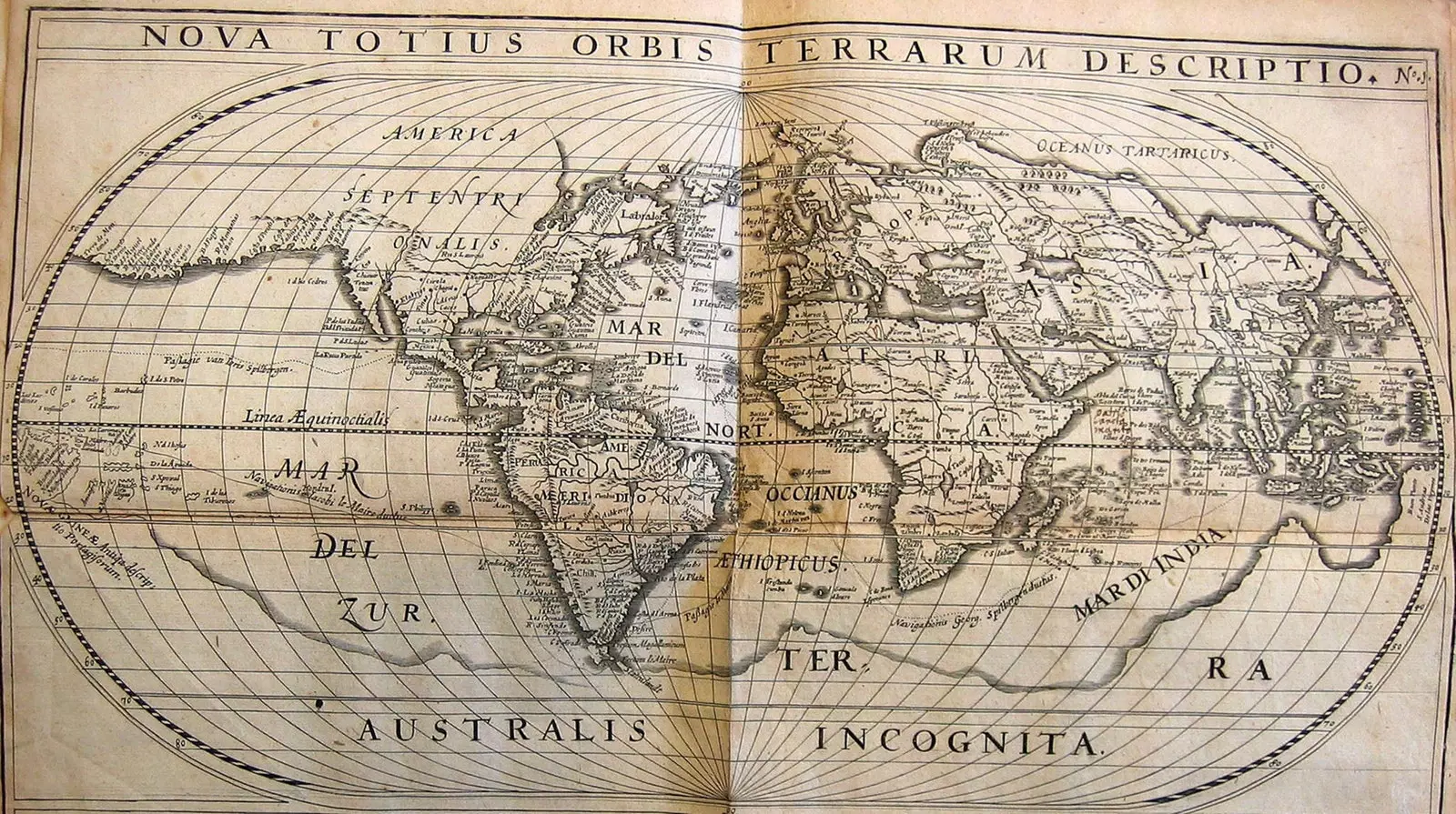
World map of the Strait of Magellan (about 1619)
In 1519 the spherical condition of the planet was a recent certainty. The maps filled blank, empty spaces with monsters. The dimensions of the oceans were still unknown. When crossing Panama, Nunez de Balboa he had sighted the sea he called the South. Magellan thought that this sea was the eastern slope of the Indian Ocean, that it was possible to reach the Spice Islands across the ocean..
Fernão de Magalhaes he was Portuguese, of hidalgo father. He had been a page at the court of Queen Eleanor. There he came into contact with navigators, learned astronomy, to read maps, to handle the sextant and the astrolabe. He embarked on Francisco de Almeida's expedition to India . He spent eight years in Goa and Malacca , today in the peninsula of Malaysia . His friend Francisco Serrao he came to the Moluccas and married a native. In his letters he spoke of his wealth.
In Lisbon, next to the cosmographer rui faleiro , he proposed to the king to undertake an expedition to reach the Moluccas by the west . After his refusal, she went to the Casa de Contratación de Sevilla. Charles I granted him an audience . The road around Africa was controlled by the Portuguese. It was convenient for Spain to open a route to territories that, according to the Treaty of Tordesillas, could belong to it.
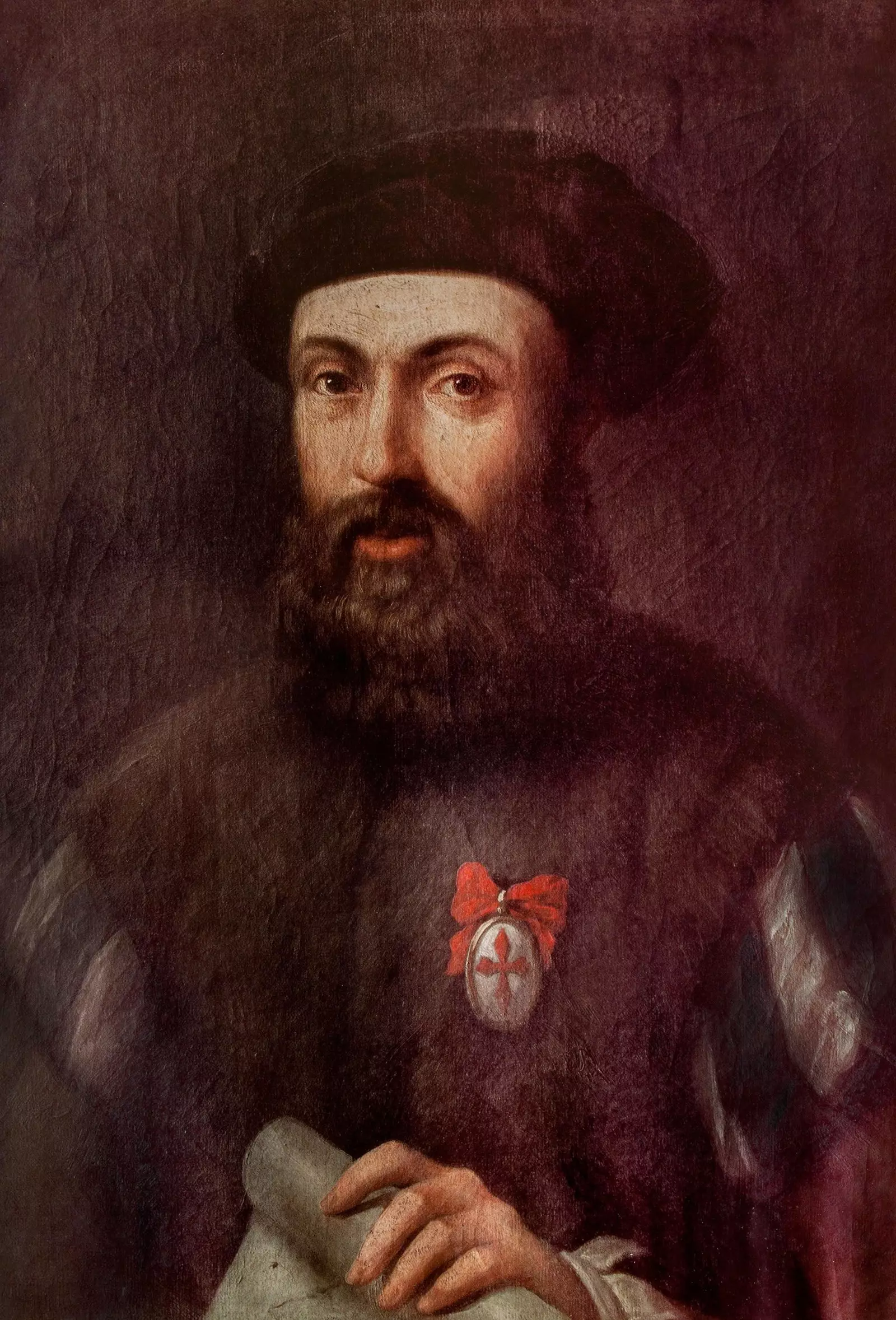
Portrait of Ferdinand Magellan
The emperor financed five ships manned by more than two hundred sailors . He offered Magellan a monopoly of the route for ten years, income from trade, and an island. Five hundred tons of provisions were loaded into the port of Seville: sea biscuits (unleavened bread cooked twice), canned sardines, herring, dried fruit, beans, lentils, rice, flour, cheese, honey, vinegar, salted meat, dairy cows and sherry wine.
Antonio Pigafetta , Italian nobleman who had arrived in Spain with the apostolic nuncio, embarked as a chronicler . His diary marks the progress of the journey and talks about the landscapes, the climate, the flora, the fauna and the customs of the indigenous peoples with whom they came into contact.
The five ships left in August 1519 for Sanlúcar . In the Canary Islands, Pigafetta was amazed by the dragon . The Atlantic crossing was stormy. Despite the fact that, according to orders, they were not to set foot on Portuguese land, hunger led them to stop at the Guanabara Bay, now Rio de Janeiro . Then a tribe lived there whose members, according to Pigafetta, wore a kind of jacket made of parrot feathers. The jacarandas dyed the coast purple.
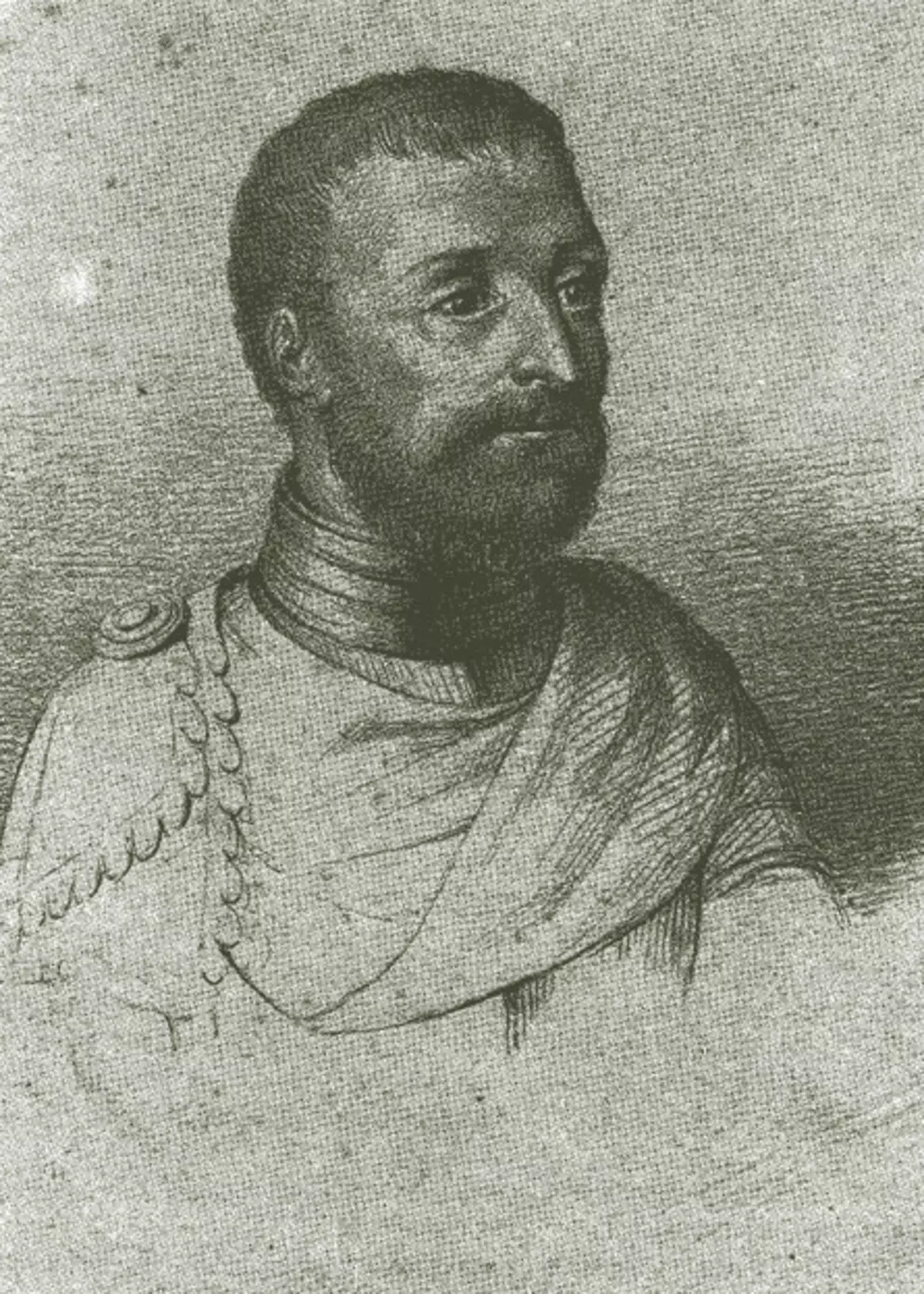
Antonio Pigafetta
They descended. It was the first time that European ships crossed the Río de la Plata. The weather became harsh. Magellan decided to stop until spring arrived in the San Julian Bay , today in the Argentine province of Santa Cruz, off the Malvinas Islands.
Pigafetta recorded strange waterfowl with raven beaks and small black feathers that fed on fish and could not fly, and sea lions that roared like Africans. They captured a member of an indigenous group that does not exist today, the tehuelches , Of great height. The size of his feet fascinated the crew. They were called Patagones.
When Magellan decided to set out, a riot broke out . Some of the captains and a part of the sailors they wanted to return to Spain . They felt that the adventure had gone too far. The revolt did not prosper. The ringleaders were executed, or abandoned on the arid coast of Tierra del Fuego.
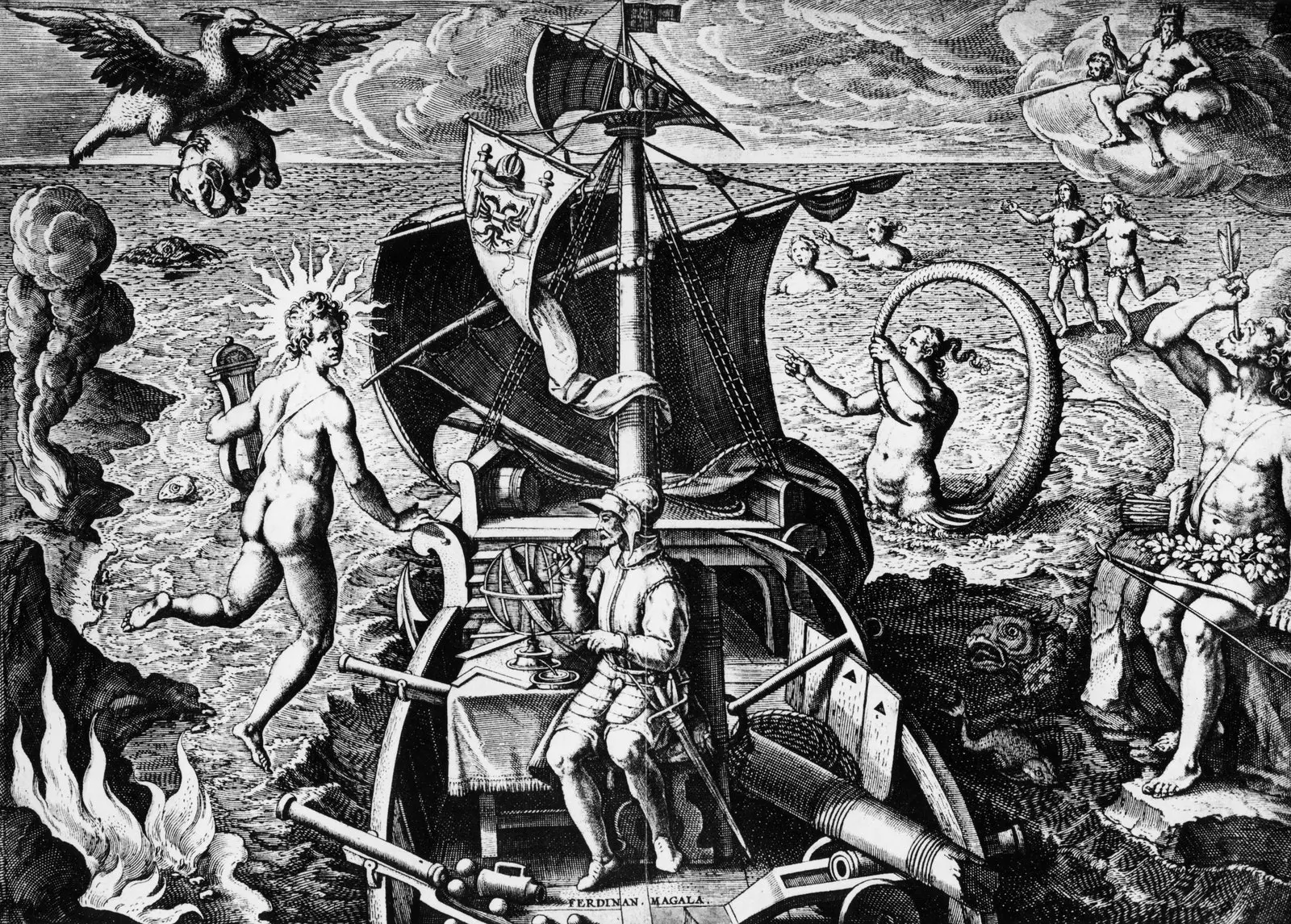
Allegory of Magellan's voyage (Galle, 1522)
A ship had capsized. The remaining four plunged into the channels that cross the southern tip of the continent until the coast was left behind. They sailed in the South Sea. They had found the pass that received the name of Strait of Magellan.
Facing the stormy Atlantic, the sea was calm, which is why they named it the Pacific Ocean. Magellan placed the Moluccas at a few days of navigation . The days passed, hunger and scurvy, caused by the lack of fresh food, advanced. The sailors ate the leather that bordered the sails.
They reached the island of Guam, in the Marianas , which they called the Island of Thieves because the natives assaulted one of the boats and stole ropes, weapons and a boat. From there they came to Philippines , where they were involved in a fight between enemy tribes. In one of the fights Magellan died from a poison dart . Many of the men perished in an ambush. It was necessary to burn one of the ships. Elcano was chosen head of the expedition, and it was he who finally landed on the Molucca Islands.
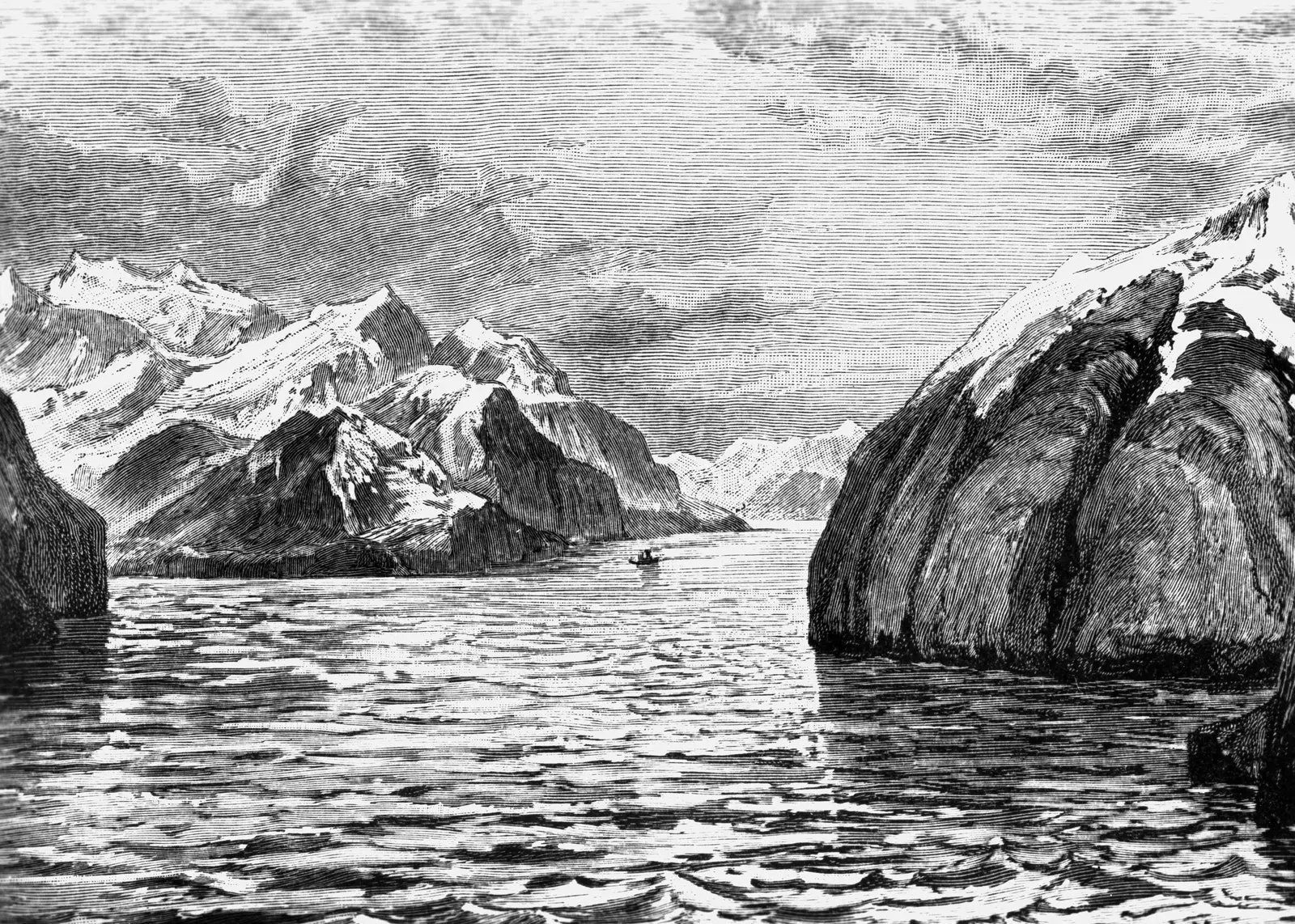
Magellan crossing the Strait
They set out for Spain loaded with spices . One of the ships, damaged by a leak, remained until repaired and took the Pacific route. Juan Sebastián Elcano crossed the Indian Ocean and circled the African coast until he returned to Sanlúcar with the ship Victoria.
They had survived 18 men of the 265 who embarked . The journey had lasted for three years . The achievement of him, beyond the opening of the western route, was geographic . Pigafetta toured the European courts and gave copies of his chronicle to Carlos I, Juan I of Portugal, and Luisa de Saboya, queen of France. In his pages, the journey is manifested in the discovery of new natural species, in amazement at unknown landscapes and customs..
